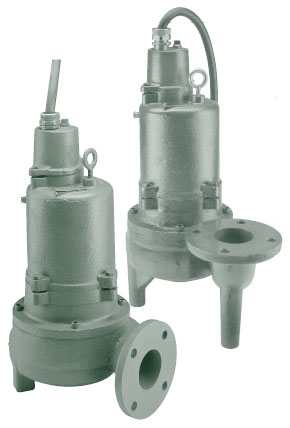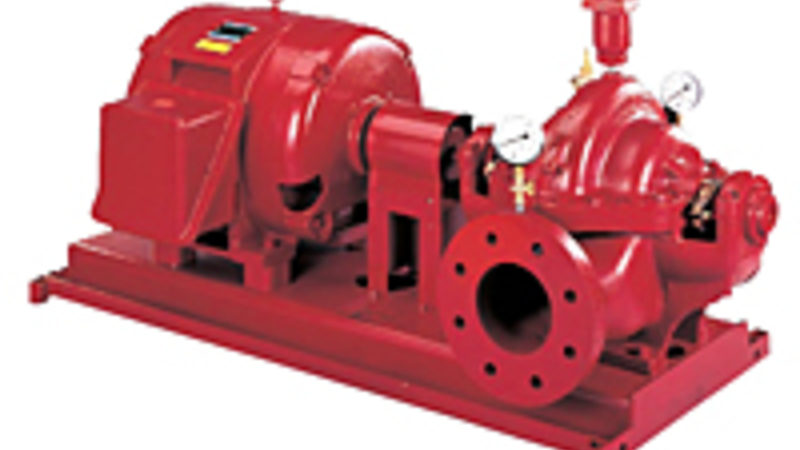There are many different off the shelf types of hydraulic cylinders on the market. These can include the standard types of cylinders, both tie rod and welded, as well as a limited selection of hydraulic telescopic cylinder options.
When it comes to the telescopic cylinders, many people opt for custom designed cylinders, ensuring the correct fit of the cylinder with the distance required for the lift as well as the capacity of the cylinder. While this is important with standard types of hydraulic cylinders, it is incredibly important with the telescopic cylinders.
The Basics
As with any type of system, the hydraulic telescopic cylinder is a linear actuator, designed to move a weight in a straight line. With a standard type of cylinder, the length of the rod is limited to the length of the cylinder body, which determines the maximum stroke length.
By including the telescopic structure to the rod, there are various sections designed that nest into each other in the retracted position. This allows for a stroke length that is longer than possible with a standard hydraulic cylinder. In turn, this allows for longer lifts as required for a dump truck, different types of lifting equipment and other types of systems.
Length and Weight Capacity
When designing a hydraulic telescopic cylinder, there is a formula used to determine the maximum length of each stage (or section) of the telescopic rod and how much weight the entire length of the extended rod can support.
This has to be carefully designed as too long of a length or too heavy of a weight can result in bending of the stages as the weight extends out from the large base stage.
Working with an experienced hydraulic cylinder manufacturer for telescopic cylinders is a must, particularly for custom order cylinders. This ensures the correct calculations are completed, ensuring the design of the cylinder can stand up to the given application.



